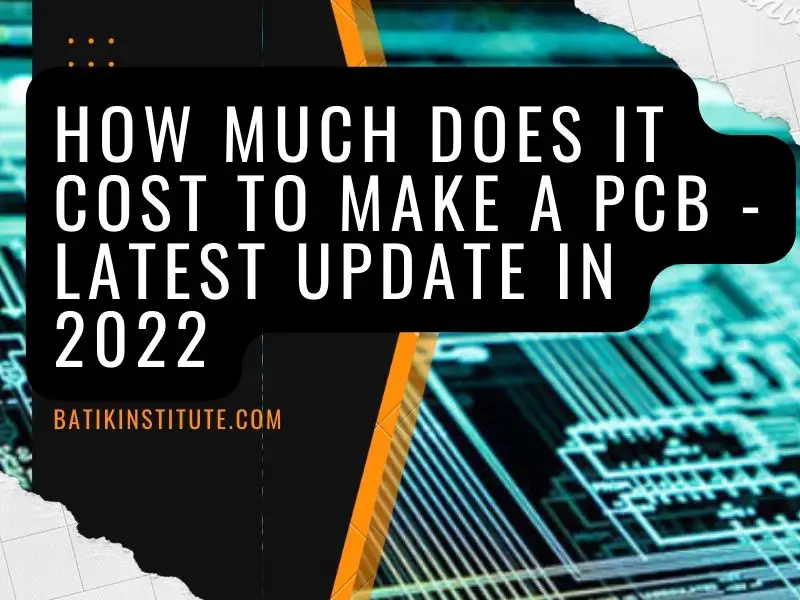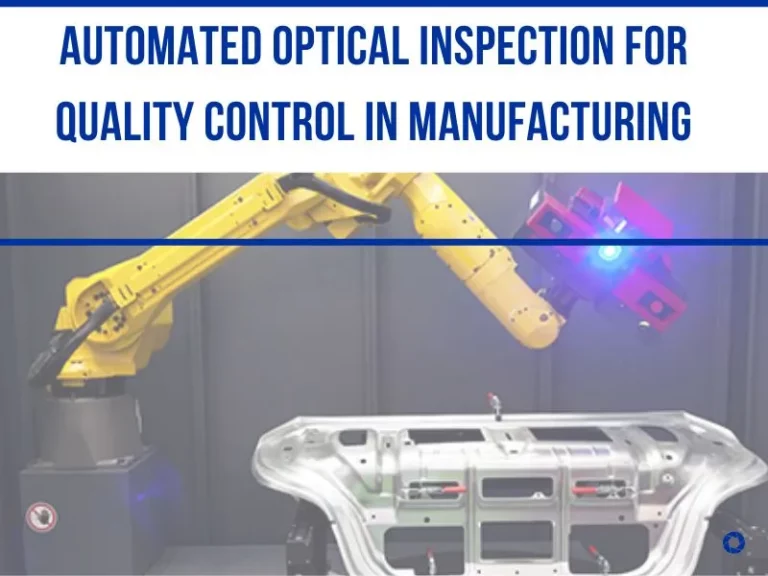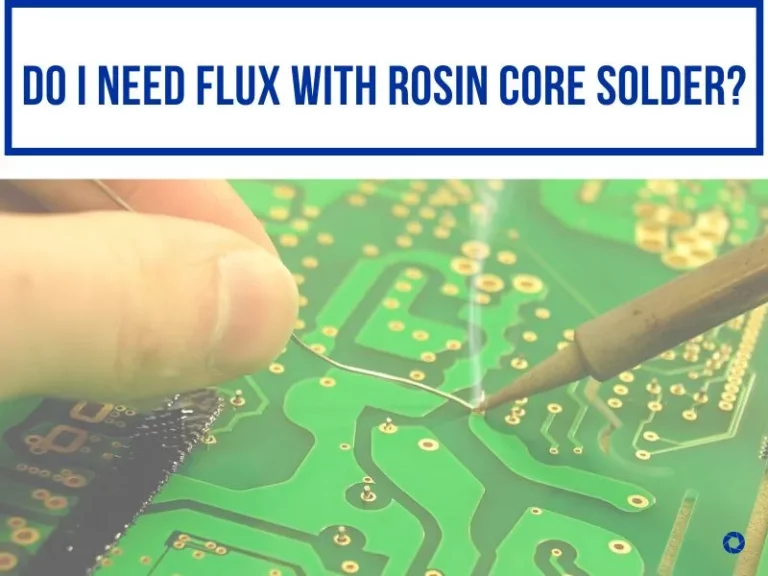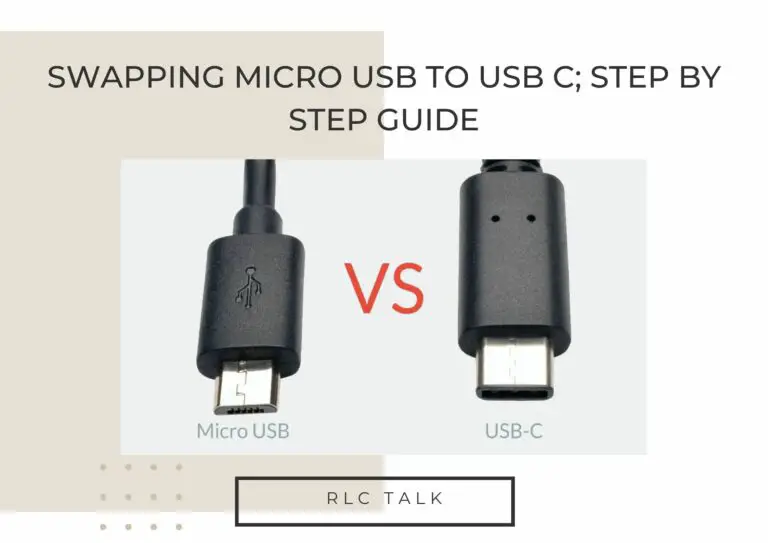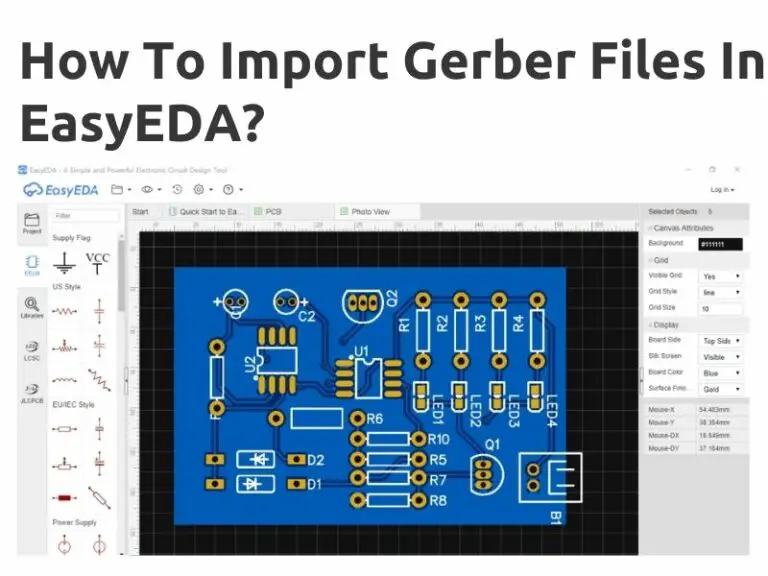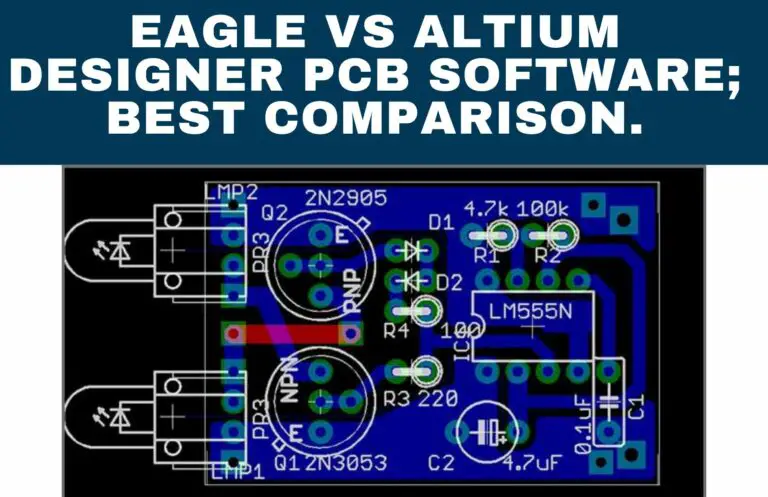How Much Does It Cost To Make A PCB – Latest Update In 2023
Engineers and technicians frequently face the challenge of making a high-quality printed circuit board (PCB) for a client at a reasonable price. A PCB is an electronic circuit’s dielectric panel that contains electrically conducting circuitry. It is made to join various parts together mechanically or by electrical soldering.
How much does it cost to make a PCB? Some factors influence the cost of making PCBs.
- Dimensions
- Number of layers
- Type of material and material thickness
- The process used to process the workpiece
To make a PCB typically costs $10 to $50 per board. The final pricing may be more excellent or lower depending on the size, board, and material type. Due to labor costs, complicated gadgets or small boards like tablets, calculators, and smartphones occasionally increase.
So, today in this guide, we will answer how much it costs to make a PCB and provide information on how to save money on PCB design costs.
Constructing PCB: Cost Guide.

The first thing you need to know when talking about the cost of PCB manufacturing is the factors that affect the price of a PCB.
Labour cost
The labor cost of PCB preparation has a significant impact when discussing the cost of PCB manufacturing. PCB production is an expensive endeavor because trained workers are required. In addition, they must employ automated equipment made specifically for the fabrication of PCBs.
PCB size, PCB layers, PCB material type, and PCB holes cost
PCBs are constructed using various materials, including solder, fiberglass, and polymer paint. Copper, gold, or silver are used to create conductive layers. The board’s response to heat may vary depending on these components.
High-tech electronics PCBs have some layers. In actuality, boards with several layers or boards with components on both sides of the board are more expensive than single-layer boards. PCBs feature holes as well, which might raise the price of production.
Drilling these holes precisely is necessary, especially if the panels are thick or tightly packed. These factors have led to an increase and decrease when making a PCB.
Technical cost
The technology employed is a significant contributing factor to PCB-making costs. On the one hand, manufacturers can save money using surface mount technology (SMT) because processing costs are lower and automation is heavily utilized.
Cost of packing parts
To pack and assemble some parts correctly, more work is needed. For instance, because they must be connected to a power source, electronic devices like BGAs take more time and work on packaging.
PCB Design Cost
PCB design is typically projected to cost more than $10,000. Here, more money is spent on engineering design and electronic hardware costs. In addition, most engineers charge hourly; according to the US Bureau of Labor Statistics’ most recent May 2020 statistics, the average hourly rate for electronics engineers nationwide is $54.
With its Design for Assembly (DFA) and Design for Analysis (DFA) capability, PCB design software makes it easier for design teams and component suppliers to collaborate. Such characteristics also promote the standardization of components and reduce component quantity without compromising component quality.
PCB Design Cost Per Hour
Most PCB design engineers charge between $95 and $145 an hour. Instead of flat rates or percentages, nearly all charge an hourly cost. For example, if PCB engineers estimate 60 hours to complete a PCB board and charge $150 per hour, the board’s design should cost around $8,700.
It’s crucial to understand that if you receive an incredibly inexpensive estimate, it generally is, and the extra time will eventually offset the cost. You can determine whether a quote is a reasonable price or seems too good to be accurate by having a solid idea of how intricate your PCB board is.
PCB Cost Per Square Meter
The cost per square meter in PCB design can be calculated as follows. Assume it has a size of 1020mm*1020mm and a 1 square meter plate as the benchmark. Take the length L and width W of the PCB to be estimated. A substrate of 1 square meter can produce this panel.
QTY = (1020/L+5)*(1020/W+5) =Z
Unit price = X/Z
So it can be determined that X is the price.
Depending on the materials used, 1L fr-1 costs roughly $18.26 per square meter, including processing costs. The 2L fr-4 per square meter, including processing charges, is about $60.39.
The cost of 4L fr-4 per square meter, including processing charges, is roughly $101.13. The 6L fr-4 per square meter, including processing charges, is approximately $168.54. The cost of 8L fr-4 per square meter, including processing charges, is roughly $252.81. The price per square meter, including processing costs, is around $491.58.
How Much Does It Cost To Replace A PCB Board?
Circuit board repairs typically cost between $50 and $150. Depending on the part that needs to be replaced, the cost varies. However, a fresh chip or capacitor often costs less than $20 and requires an hour of labor to solder. In most cases, PCB repair will be preferable to replacement.
The price of a new PCB is significantly more than that of a repair, although the guarantee periods for new and refurbished PCBs are nearly identical. Our service technicians will examine the circuit and advise you on the best course of action to prolong the life of your appliance. In addition, there will be a cost and performance comparison of repair versus repair.
How Do I Make My Own PCBs?
When designing a PCB, you can follow various techniques.
The three fundamental methods—Iron on glossy paper method, hand circuit on PCB, and laser cut edge etching—can all be used to design a PCB.
In addition, PCB layout software often converts your circuit schematic model into a PCB layout for PCB design. For designing and developing PCB layouts, there are numerous fascinating open-source software programs accessible.
You can do this by following the steps below after preparing the materials needed to make a PCB.
Step 1: Take a hard copy of the circuit board layout.
Print your PCB layout using a laser printer on glossy or A4 picture paper. First, make sure the mirror is printed there. Then choose output black in the print driver and PCB design software settings, then print on the glossy side of the paper.
Step 2: Cut the copper plate for the PCB.
Cut the copper board to the layout’s dimensions using a hacksaw or cutter. Next, use steel wool or abrasive sponge scrapes to clean the copper side of the PCB. This eliminates both the photo-resist layer and the top oxide layer of copper. As a result, the picture sticks to the paper more effectively when the surface is sanded.
Step 3: Apply the copper plate with the PCB print.
Three methods are available for this stage.
Method 1: Iron on glossy paper is method one.
Transfer the laser printer-printed picture from photo paper to a board. First, the top layer must be horizontally flipped. Next, place the printed arrangement on the copper surface of the board.
Finally, use tape to secure the board and publish a paper in place, ensuring the board is adequately positioned along the edges of the printed arrangement.
Method 2: Manual PCB circuit (for simple and small circuits).
Make a simple pencil sketch of the circuit using the copper plate as a reference. Then, trace your drawing with a permanent black marker once it looks good.
Step 4: Iron the paper circuit onto the PCB plate.
After printing on glossy paper, iron it with the picture facing the copper side and heat it to its highest setting. Place the board and photo paper combination on a fresh hardwood table afterwards.
Grab one end with pliers or a spatula to keep it steady. After that, position the hot iron on the opposite end for around 10 seconds. Iron the photo paper for 5 to 15 minutes using the tip and a little pressure.
Moving the iron about is less effective than a lengthy, strong press. This is because the iron’s heat transfers the glossy paper’s printed ink to the copper plate.
Step 5: Etch the Plate.
During this step, extreme caution must be used. Put on some rubber or plastic gloves first.
Place some paper on the bottom to prevent the etching solution from damaging your floor. Next, pick up a plastic container and fill it with water.
Ferric chloride powder must be dissolved in water using two to three tablespoons. The PCB should then be immersed in the etching solution for around 30 minutes. By doing this, extra copper is removed from the PCB.
Etching is the name of this action. Take the PCB out with pliers and inspect it to see if the unfinished region has been etched. Continue soaking it in the solution if it still needs to be engraved.
Step 6: Cleaning, disposal, and finishing touches for the circuit board are done.

When throwing away the etching solution, exercise caution. The etching solution should be diluted before being disposed of. The toner or ink on the plate can be entirely removed with a few tiny drips on a cotton swab, revealing the copper surface. Thoroughly rinse, and then pat dry with a clean cloth or paper towel. Cut to the desired size and use sandpaper to round the edges.
Using a PCB drill like this PCB drill, drill the holes and solder all of your excellent components to the board. Finally, apply solder-resist paint over the PCB lacquer if you want the classic green PCB look. Your incredibly cool circuit board will be prepared at last!
An electronic circuit’s PCB, or printed circuit board, is a dielectric panel that houses electrically conductive circuitry. The size, number of layers, kind, and thickness of the materials, as well as the method used to manufacture the workpiece, all impact the price of creating a PCB.
Usually, a PCB costs $10 to $50 per board to produce. Typically, PCB design costs above $10,000. Engineering design and electronic hardware are more expensive here. Try getting a PCB with a few unique components from a business with extra time to finish the order if you want a PCB at a bargain.

